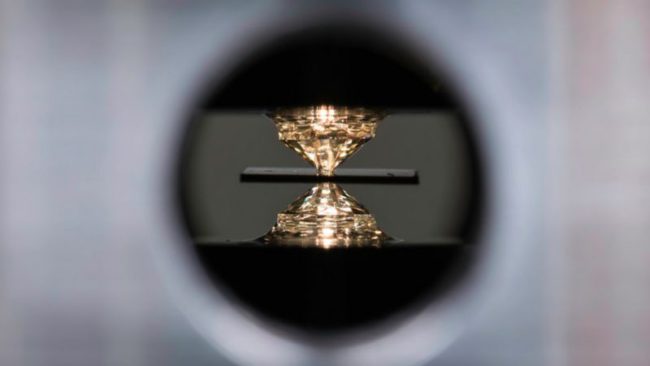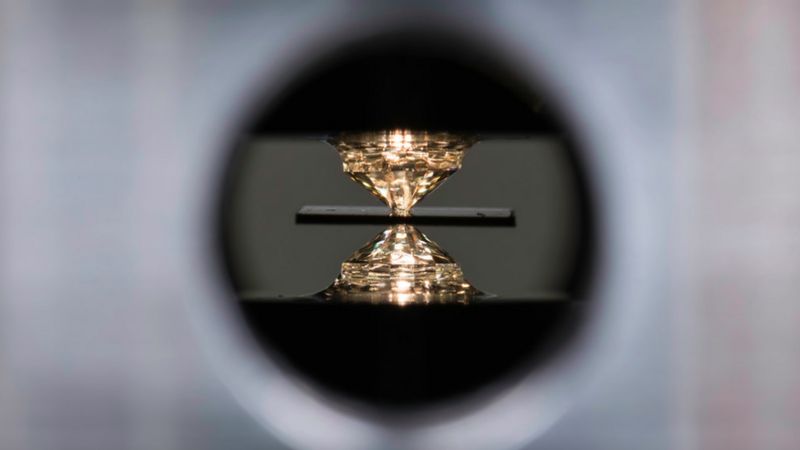
I have no idea why the word “superconductivity” does it, but when deployed it appears to be a word that inspires rather a lot of media hype.
Yes, there has been something new, and yes, there is an associated paper in Nature. More on that in a moment. First the hype.
Forget the tabloids, let’s jump directly to a reputable source, in this case the BBC.
This was their story on Oct 15, 2020 …
Superconductors: Material raises hope of energy revolution.
And as for the actual story …
Scientists have found the first material that displays a much sought-after property at room temperature.
It is superconducting, which means electrical current flows through it with perfect efficiency – with no energy wasted as heat.
At the moment, a lot of the energy we produce is lost as heat because of electrical resistance.
So room temperature “superconducting” materials could revolutionise the electrical grid.
Until this point, achieving superconductivity has required cooling materials to very low temperatures. When the property was discovered in 1911, it was found only at close to the temperature known as absolute zero (-273.15C).
Since then, physicists have found materials that superconduct at higher – but still very cold – temperatures.
The team behind this latest discovery says it’s a major advance in a search that has already gone on for a century.
Sounds exciting, and brings the promise of amazing new things … right.
There is a bit of a problem here.
What you are reading has been sexed up and is being grossly oversold.
Yes, something interesting has been discovered, but nobody will be rolling out commercially viable superconducting materials because of this.
Let’s see why.
Study: Room-temperature superconductivity in a carbonaceous sulfur hydride
Published in Nature on Oct 14, 2020 it describes what they did to actually achieve superconductivity at room temperature.
It gets technical.
Basically the current thinking is this. Electrons can form into pairs which are called Cooper pairs …
..electron pairs have a slightly lower energy and leave an energy gap above them on the order of .001 eV which inhibits the kind of collision interactions which lead to ordinary resistivity. For temperatures such that the thermal energy is less than the band gap, the material exhibits zero resistivity.
One well established means to get thermal energy that is less than the band gap is to drop the temperature down … far far down.
However, there is another alternative approach and that is what this team successfully demonstrated. Instead of super-cooling, you bump up the pressure … way way up.
To quote their press release … (bold emphases is mine)
The carbonaceous sulfur hydride exhibited superconductivity at about 58 degrees Fahrenheit and a pressure of about 39 million pounds per square inch (psi).
Yikes.
Yes, a good step forward and an interesting discovery, but simply not practical. “Practical” means a material that operates not only at room temperature, but also at normal sea-level pressure.
Why all the Media Hype?
It is perhaps understandable to a degree. The team did something exciting and new so a press release is put out. That press release spends a little bit of space describing what they actually did, and a great deal of space gushing on about how a material that gives us room temperature superconductivity would dramatically transform the world …
Power grids that transmit electricity without the loss of up to 200 million megawatt hours (MWh) of the energy that now occurs due to resistance in the wires
A new way to propel levitated trains and other forms of transportation
Medical imaging and scanning techniques such as MRI and magnetocardiography
Faster, more efficient electronics for digital logic and memory device technology
All true … but … not because of this step forward, the above is simply a dream, a hope.
“We live in a semiconductor society, and with this kind of technology, you can take society into a superconducting society where you’ll never need things like batteries again,” says Ashkan Salamat of the University of Nevada Las Vegas, a coauthor of the discovery.
… but they do of course come clean …
The next challenge, Dias says, is finding ways to create the room temperature superconducting materials at lower pressures, so they will be economical to produce in greater volume. In comparison to the millions of pounds of pressure created in diamond anvil cells, the atmospheric pressure of Earth at sea level is about 15 psi.
The real challenge here might possibly involve breaking the laws of physics (in other words, not actually possible). Then again, they might just discover a way forward. Right now the dream is still a dream.
